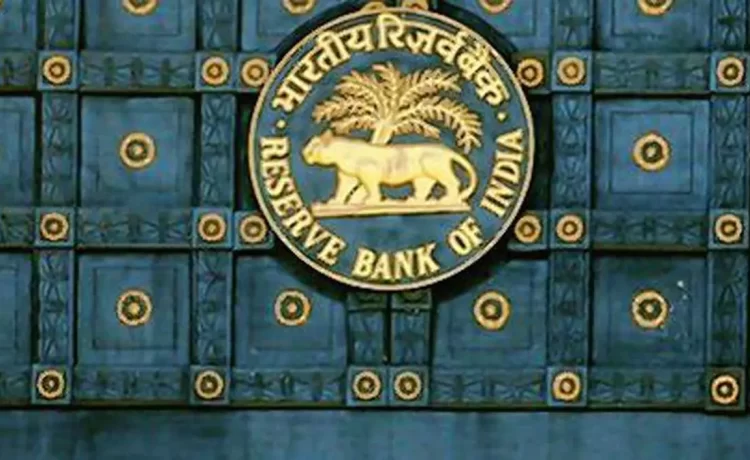State Bank of India’s economic research department expects the Reserve Bank of India (RBI) to announce longer-term (2-3 years) buy-sell currency swaps to shore up reserves and release liquidity even as it recommended replacing the Weighted Average Call Rate (WACR) with Secured Overnight Rupee Rate (SORR) to better indicate liquidity tightness in the system.
The ERD’s teams observed that in a smart move, the RBI has started to sell (Dollars) in Spot and NDF (non-deliverable forwards) and then doing short-term buy-sell swaps to replace the maturing forward sale position and also to counter the durable liquidity drain from spot intervention.
“As a corollary to intervention in the forex markets juxtaposed with volatile movements in Government cash balances, liquidity has been shrinking in the banking system and alarmingly blowing past comfort zone.
“This persistent liquidity conundrum, along with anticipation on rally in DXY (Dollar Index) has prompted the regulator to revert to daily dynamic VRR (variable rate repo) auction to effectively manage the liquidity along the revised LMF (Liquidity Management Framework) in place from February 2020,” said Soumya Kanti Ghosh, Group Chief Economic Adviser, SBI.
Given that such daily VRR transactions are akin to frictional/transient liquidity injections (repo transactions should ideally compensate for changes in Government cash balances) but are somehow also substituting for permanent/durable liquidity shortfall (shortfalls arising out of currency leakage and liquidity impact of RBI forex intervention), he added.
The ERD economists noted that, in principle, liquidity management per se still has some operational challenges, like improving the market microstructure, having a proper indicator of liquidity tightness in the system, and, most importantly, maintaining a delicate balance between an effective mix of durable and transient liquidity injection/withdrawal.
In this regard, they suggested amending the Liquidity Management Framework to replace the Weighted Average Call Rate (WACR) with the Secured Overnight Rupee Rate (SORR). This is akin to the Secured Overnight Funding Rate (SOFR) replacing LIBOR and better reflecting the prevailing cost of funds being pegged to the effective Fed Funds rate.
Further, the SBI economists called for using the spread between CD (Certificate of Deposit) and SORR/T-bill as an indicator of liquidity tightness/adequacy. They opined that the volatile movements in Government cash balances can be neutralised through a carefully crafted dynamic liquidity management policy.
The economists suggested that a certain portion of CRR (cash reserve ratio) /countercyclical Liquidity Buffer towards HQLA (high-quality liquid assets) as a countercyclical measure to help improve liquidity can be considered. Moreover, the term money market needs to be continuously developed to provide sufficient liquidity beyond the overnight time slot.

